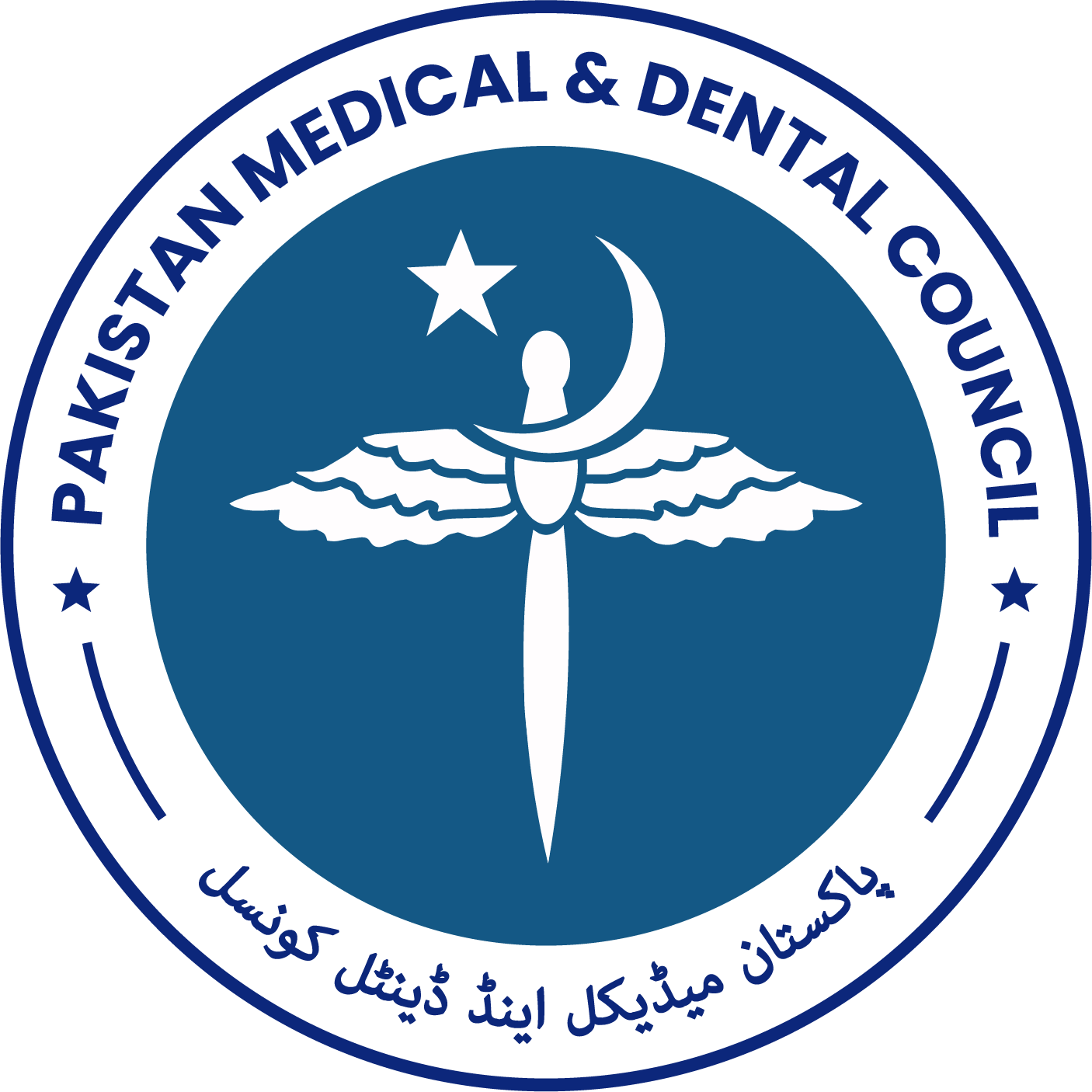Comparison Between the Combination Therapy in Terms of Therapeutic Effectiveness and Anti-Microbial Efficacy in Extensive Drug-Resistant Acinetobacter Baumannii Infections
Abstract
Objective: To compare the clinical and antimicrobial efficacy of a triple-antibiotic regimen (Colistin, Cefoperazone/Sulbactam, and Tigecycline) with a double-antibiotic regimen (Colistin and Minocycline) for treating drug-resistant Acinetobacter baumannii infections in critically ill patients.
Study Design: A comparative cross-sectional study design.
Place and Duration of Study: The study was conducted at the Medical Intensive Care Unit (ICU) of Pakistan Institute of Medical Sciences (PIMS), Islamabad, Pakistan from April 2022 to October 2022.
Materials and Methods: A total of 38 patients aged 18-70 years admitted to the Medical Intensive Care Unit (ICU) of the Pakistan Institute of Medical Sciences, Islamabad gave consent to participate in the study. Any patient having a culture-proven polymicrobial infection was excluded. A total of 20 patients were allocated to Group A (triple-antibiotic regimen) and 18 patients to Group B (double-antibiotic regimen). Vital statistics were recorded daily, while laboratory-based biochemical markers (leucocyte count, CRP, lactate, procalcitonin) were recorded every 48 hours for ten days. Antimicrobial efficacy was assessed by a culture analysis on the 10th day.
Results: There were 20 patients in Group A and 18 in Group B. There were 32 patients with Ventilator-Associated Pneumonia (VAP), and six with bloodstream infection. No significant difference in the vitals and lab markers were found between the two groups. The only exception was serum lactate levels, which were significantly higher Group A (34.03 + 28.37 mg/dL), compared to Group B (16.11 + 15.63 mg/dL; p = 0.024). Group A therapy was also found to have significantly improved antimicrobial efficacy in terms of positive-culture results (n=4, 20%) compared to Group B (n=10, 55.6%; p = 0.023).
Conclusion: The triple-antibiotic regimen had better antimicrobial efficacy than the double-antibiotic regimen for treating Acinetobacter baumannii-related infections.
Copyright (c) 2023 Naila Parveen, Rana Imran Sikander, Muhammad Zeeshan, Syed Muneeb Ali, Muhammad Hassan

This work is licensed under a Creative Commons Attribution-NonCommercial 4.0 International License.















